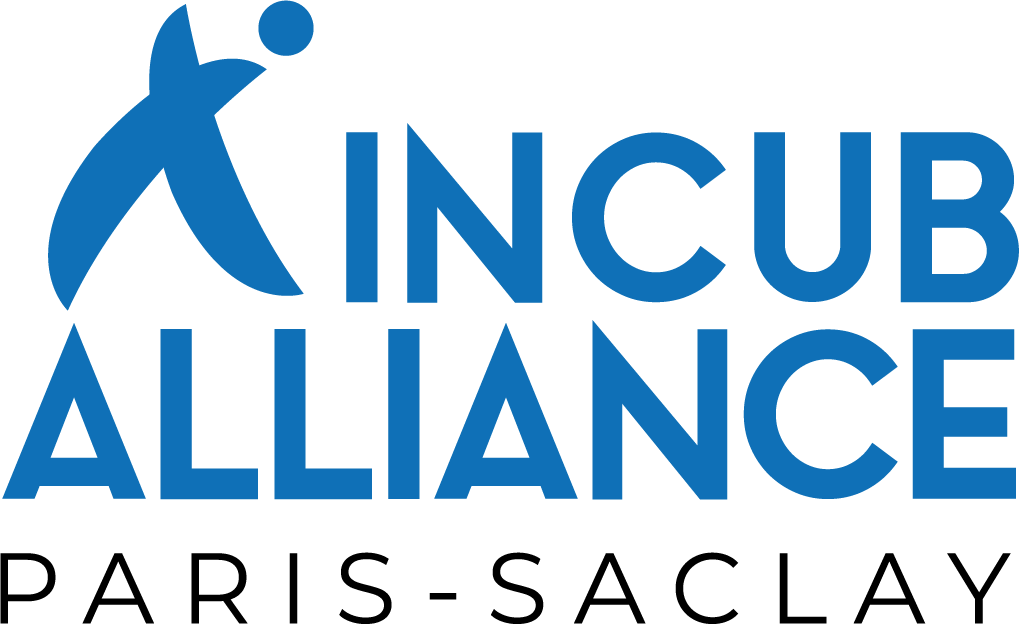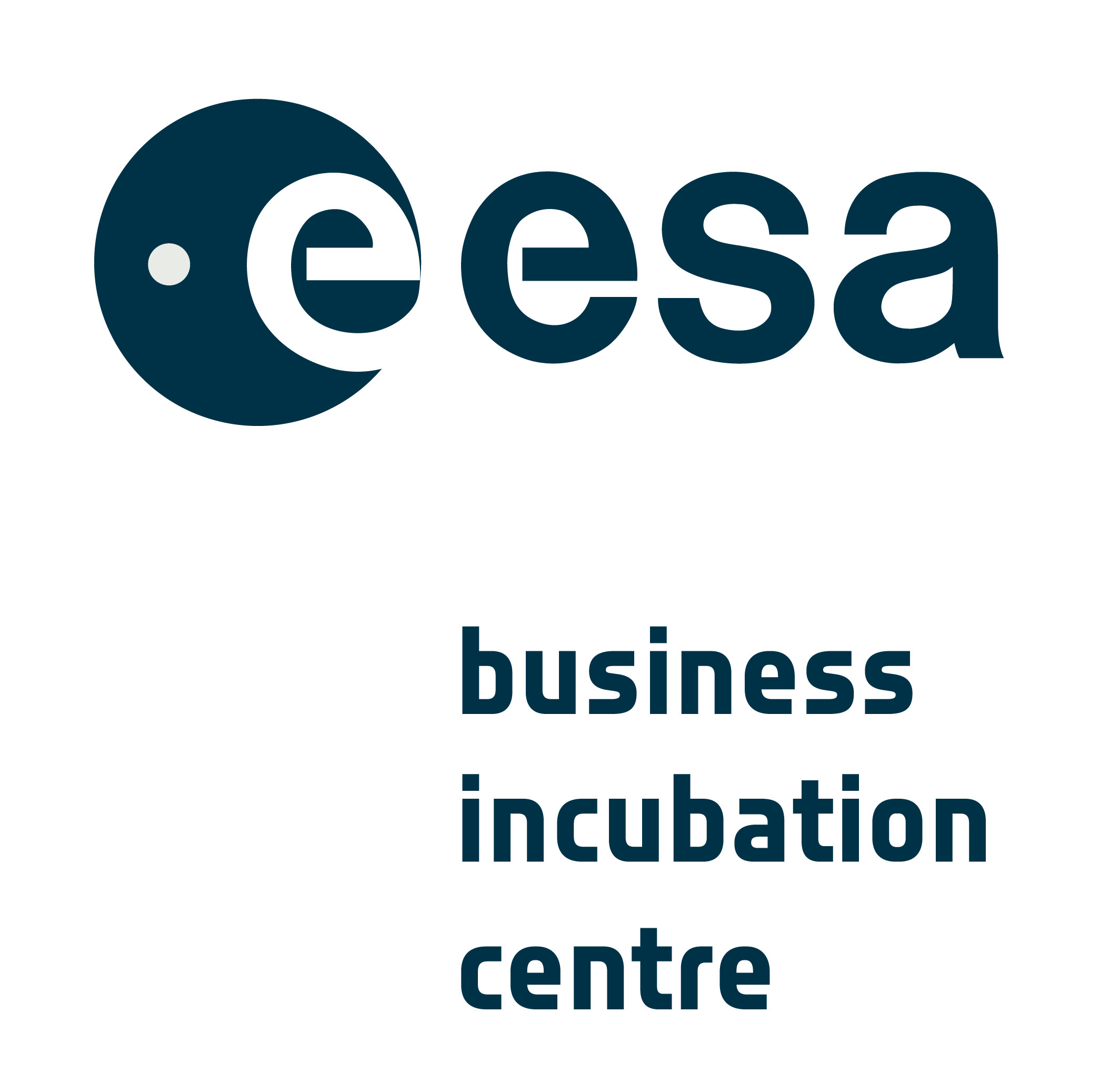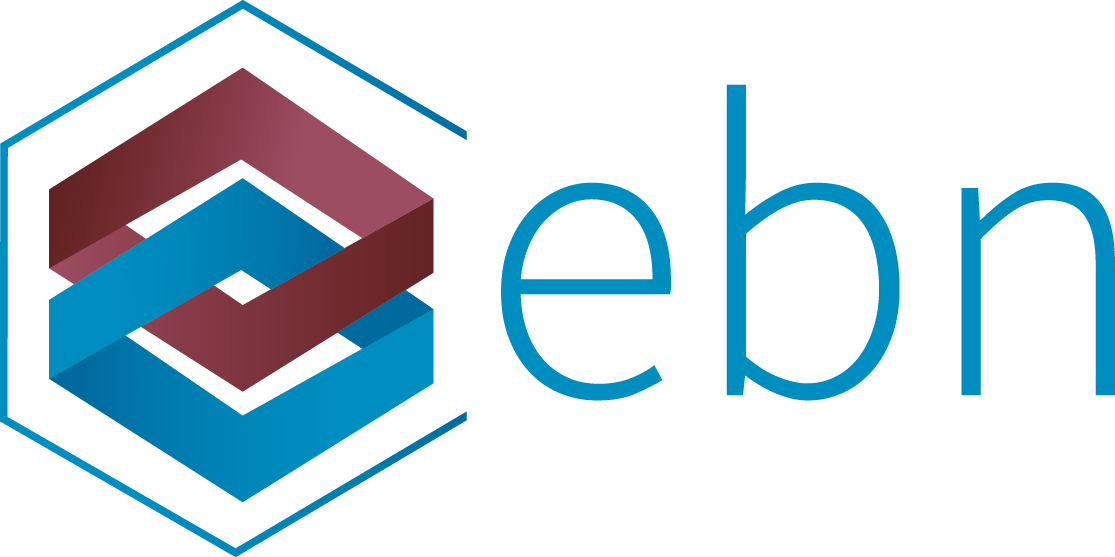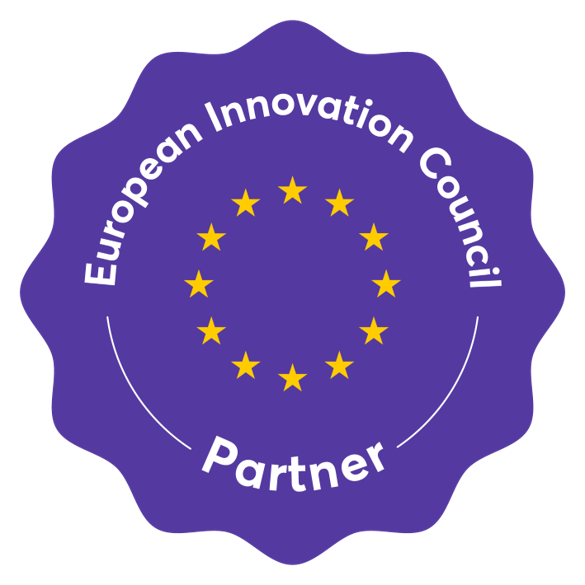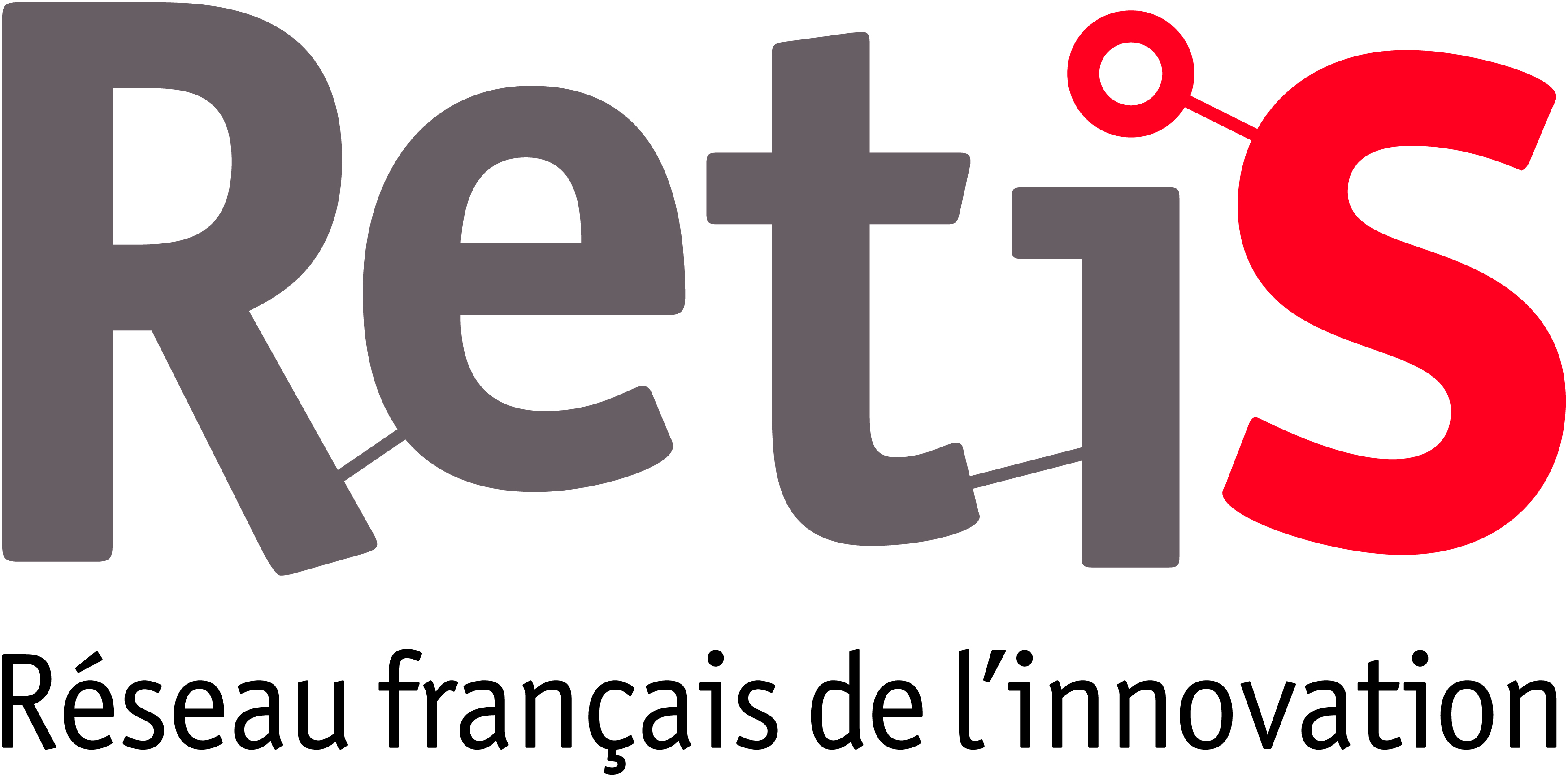The proof-of-concept: Scared stiff, the myth and reality, a key stage for start-ups
IncubAlliance Article for "L'Usine Digitale", June 15 2020 : https://www.usine-digitale.fr/editorial/tribune-la-preuve-de-concept-entre-peur-bleue-mythe-et-realite-une-etape-cle-pour-les-start-up.N975451
An unavoidable method of validating an entrepreneurial project, the proof-of-concept is the deployment of a functional prototype with the first client which confirms the value proposition of the offer. This step allows you to exchange with the client, obtain feedback, readjust the offer and, of course, convince the client of the pertinence of the proposed service. But for the start-up, this stage signifies a voyage into uncharted waters…for better or for worse, explains Evan Pereira, Executive Market Access Manager at IncubAlliance.
it is difficult for an entrepreneur to envision a lean start-up period without checking the POC or “proof-of-concept” box. But this proof-of-concept is not in and of itself the final goal to be reached. I would say rather that not making a POC is clearly a way to put the project at risk. For the simple reason that it is not obvious for deep-tech project leads, straight out of laboratories and holding onto an innovative piece of technology, to know how to align it with the market’s needs.
Without setting foot in the field, without identifying the target client, without iterating with potential users, we clearly run the risk of missing the bullseye and offering something solid but of no use to anyone. Which is why it is critical that every entrepreneur, for their first commercial venture, should test the market interest and verify the project is consistent with the targeted need. And so, during the POC phase you confront reality.
When to develop a proof-of-concept
Thus, the question is when the proof-of-concept should intervene in the start-up’s development, how should it be organized, and what results should be expected. The answer is simple: once we have a functional prototype, the proof-of-concept should be created as early as possible. In general, this is where things get complicated for certain project leads who are terrorized by the idea of heading into the field because they don’t feel ready to handle the unknown world of negotiation, contractualization, and commercialization, or they worry, wrongly, that they are not convincing.
To make this leap, I encourage them to follow these steps: identify and contact potential clients, interview and listen before making any propositions, convince them of the interest in making a POC, set boundaries for the POC (scope, objectives, resources, schedule) and create the POC in the set timeframe, analyzing the results to sketch up short-term perspectives.
The final objective is for the entrepreneur to complete the POC phase – due to the iterative cycles it entails – with a clear idea on the final adjustments and improvements to be done to reach a Minimum Viable Product that can be commercialized for early adopters; and for industrial partners to have visibility on a solution tailored to their needs, crafted by this startup.
Refuse to develop POCs for free
There are a few things to keep in mind when getting started. First of all, be wary of the smokescreen making up the surrounding media coverage on the appeal of start-ups. The reality in the field is often quite different. Those who have worked with corporate groups know how tricky it can be to advance, due to structural complexity or inflexibility, if they are not in touch with the right person. Most industrial giants have Open Innovation divisions as a gateway, but their mission is a difficult one.
Finding the right operational contacts within Business Units and convincing them is a long, tedious process. Enforcing an earmarked, protected “POC budget” specific to open innovation and putting in place, in collaboration with Business Units, a quick internal validation process would be ideal to increase efficiency. However, do not forget that a start-up’s timeline rarely coincides with that of a giant corporation.
Something else to watch out for: the persistent temptation for a start-up to agree to make POCs for free under the pretext of taking advantage of opportunities. In my opinion, it is a waste of time in that, in 90% of cases, the lack of compensation translates into the strict implication that if a client doesn’t provide all of the necessary resources, he doesn’t have high expectations for your offer. Consequently, without high expectations it is unlikely that the POC will result in decisive gains. On the other hand, if there is a real market interest for the commercial proposition, then the market should be able to pay. Finally, when a POC is decided upon, be careful to position yourself as a partner with a certain expertise and not just a simple doer.
Address yourself to the professionals
Having said all that, how can you concretely optimize the chances of success of your proof-ofconcept? First, you must take care to properly establish the scope of the POC in advance, so that from the beginning each side will be able to understand the other’s expectations. To do so, I always advise entrepreneurs not to worry about asking too many questions to verify they have a solid grasp on the environment they’re going to work in, to ensure that the client provides the necessary resources, and above all that the operations team will be involved in the POC.
Effectively, there is nothing worse than spending time working with an Open Innovation division who, as competent as they may be, will never be the end user for the proposed solution.
Thus, the rule is simple: the person testing the solution should be the one who is reaping the benefits in everyday life. Which is why, and this is another piece of advice I give to start-ups, it may sometimes be strategic to not set your sights directly on the market leaders, but rather to start knocking on the “follower’s” door which, as they are hungrier to get ahead, may be ready to go farther, faster, and with better conditions. This is not an absolute truth as much as a lead not to be neglected. Knowing how to position yourself well in the value chain is equally vital. The solution may interest the suppliers of large corporations which are subjected to strong competition and are frequently seeking innovations that will help them stand out.
Finally, do not forget that once a POC is complete, the analysis period begins. And there lie two possible conclusions: either the promise made was not demonstrated and it’s time to consider whether there’s a way to pivot the project, or the promise made was delivered and it’s time to start attacking the market and gaining momentum. Either way, the job has just begun!
Evan Pereira, Executive Market Access Manager, IncubAlliance
The expert opinions are published under the full responsibility of their authors and the editors of L’Usine Digitale accept no responsibility.
